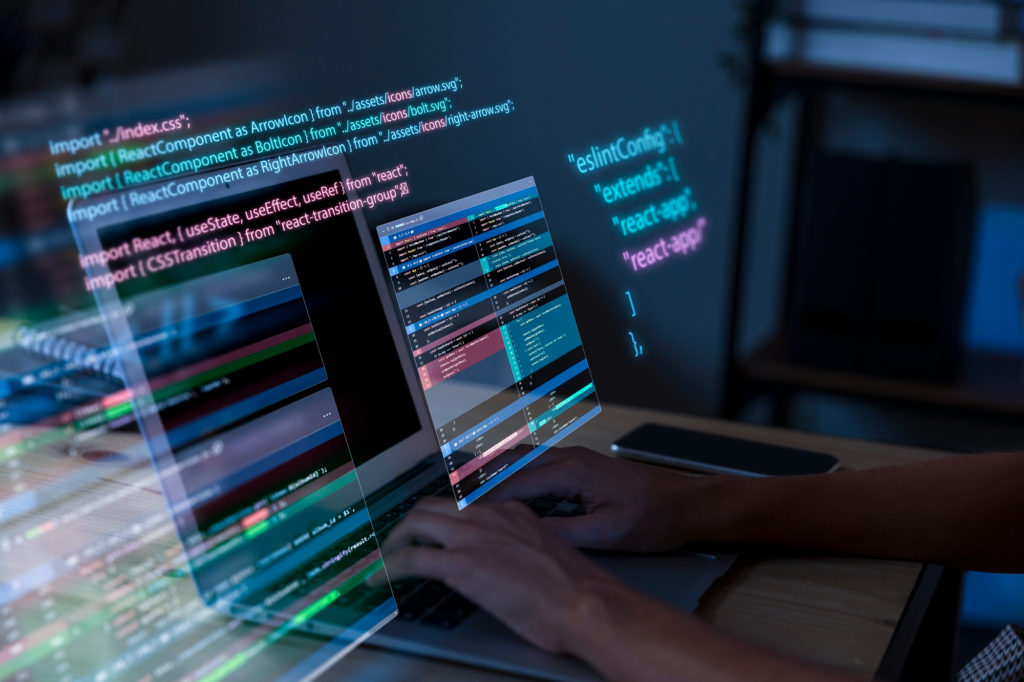In the fast-paced and interconnected world of the digital era, the importance of cybersecurity has never been more critical. As cyber threats continue to evolve in sophistication, traditional security measures are facing new challenges. Enter Artificial Intelligence (AI), a game-changer in the realm of cybersecurity. This blog post explores the powerful synergy between AI and cybersecurity, highlighting how this dynamic duo is reshaping the defense mechanisms that safeguard our digital frontiers.
Before delving into the role of AI in cybersecurity, it’s essential to understand the landscape it aims to protect. Cyber threats have evolved from simple viruses to complex and targeted attacks, including ransomware, phishing, and advanced persistent threats (APTs). These threats exploit vulnerabilities in systems, compromise sensitive data, and can have severe consequences for individuals, businesses, and even nations.
The Role of Artificial Intelligence in Cybersecurity:
Threat Detection and Analysis: AI excels in processing vast amounts of data at incredible speeds. Machine learning algorithms can analyze patterns and anomalies in real-time, identifying potential threats and attacks. This proactive approach allows for early detection, minimizing the impact of cyber incidents.
Behavioral Analytics: AI-driven behavioral analytics goes beyond traditional rule-based systems. By learning the normal behavior of users and systems, AI can detect deviations that may indicate a security threat. This adaptive approach is particularly effective against insider threats and zero-day attacks.
Automated Incident Response: In the event of a cyber incident, AI can automate incident response processes. From isolating affected systems to initiating countermeasures, AI-driven systems can respond swiftly and decisively, reducing the window of vulnerability.
User Authentication and Access Control: AI enhances user authentication by analyzing user behavior, device fingerprints, and contextual data. This multi-layered approach improves access control and reduces the risk of unauthorized access, especially in environments where identity is a prime target.
Phishing Detection: Phishing attacks remain a significant threat, often exploiting human vulnerabilities. AI algorithms can analyze email content, user behavior, and communication patterns to identify and thwart phishing attempts, providing an additional layer of defense against social engineering.
Predictive Analysis: Leveraging historical data and machine learning models, AI can predict potential future threats. This predictive analysis enables organizations to proactively strengthen their security posture, staying one step ahead of cyber adversaries.
Challenges and Considerations:
Adversarial AI: As AI becomes integral to cybersecurity, there is a growing concern about adversarial AI—attacks specifically designed to deceive AI systems. Continuous research and development are crucial to stay ahead in this cat-and-mouse game.
Ethical Use of AI: The ethical use of AI in cybersecurity is paramount. Striking a balance between surveillance and privacy, ensuring transparency, and avoiding bias in AI algorithms are key considerations for a responsible and effective cybersecurity strategy.
Human Expertise: While AI augments cybersecurity capabilities, human expertise remains irreplaceable. Collaborative efforts between AI systems and cybersecurity professionals are essential for effective threat mitigation.
In the dynamic landscape of cybersecurity, AI emerges as a force multiplier, empowering defenders with unprecedented capabilities. The synergy between AI and cybersecurity is not merely a technological evolution; it is a paradigm shift in the way we defend our digital assets. As we navigate an ever-evolving threat landscape, the integration of AI-driven solutions is not just a choice but a necessity. Together, AI and cybersecurity create a robust defense mechanism, safeguarding our digital frontier and ensuring a secure digital future. Embrace the power of AI, fortify your defenses, and stay ahead in the ongoing battle for cyber resilience.


